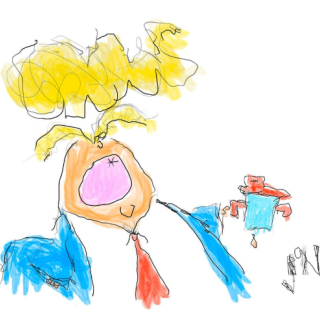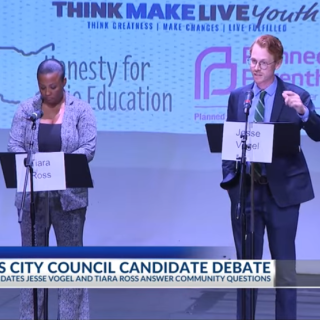This past Memorial Day, May 25, 2020, during the middle of a pandemic and the reopening of more business establishments in the USA, the community, especially the black community, was given a minority Memorial Day reminder by two white police officers of the Minneapolis Police Department. The reminder? We can and will kill you, if we choose to do so, and our partner(s) will watch us do it in silence, and “NO" we don’t care if its videotaped.
The Minneapolis Police Department announced early Tuesday that an “unknown man” in his 40s died of a “medical incident” after police responded to a report of a forgery in progress. A video that was posted on Facebook surfaced and showed the man laying face down on the ground with the knee of a white police officer on his neck. In the video the man is crying and saying he “can’t breathe” while people watching it happen are pleading with the officer to take his knee off of the man’s neck. He eventually took his knee off, but only after the man became unconscious and no longer begging for his life. The FBI and state authorities are reportedly “investigating” the death.
As black people we have to constantly fight between remaining calm or going berserk as we continue to watch our race of people be slaughtered like hogs by those that are supposed to protect and serve the community. As a black woman I am so enraged at times as to the treatment that my black men have to face on a daily basis. As a mother and grandmother of a total of ten black men, it is especially difficult to not be concerned about their chances of survival if they encounter a racist police officer. Each time those of us that are concerned and aware, those of us who are black, those of us who are decent people no matter the race, when we see a black man on the ground with white officers holding them down or beating them we all have the same thoughts: Will the officer kill him?
The Washington Post did a study of the number of fatal shootings by police the past decade and found that the number of fatal shootings has totaled nearly 1,000 every year. Its time for a study to find out how many people who have officers putting their feet or knees on their chest and neck die during or “shortly after” they have an encounter with police officers. They also report that out of 18,000 law enforcement agencies most have not shot or killed anyone. Of the 2,500 that did, 1,700 agencies shot and killed only one person and the 20 departments with the most fatal shootings are mostly located in urban areas. Here in Columbus, Ohio, where my 10 black sons live, in the last five years between 2013 and 2018, the Columbus Police Department (CDP) has killed 26 people, a far cry from Los Angeles, California Police Department, which has the highest number of 74, however, The Columbus Free Press, Bob Fitrakis, reported in 2017 the CPD was number one in Ohio for killing black people, with the youngest victim being 13 years old.
As with all areas in America, the disproportionate rate of black people shot and killed by police is at 13 percent of the U.S. population. The disparity is even more pronounced among unarmed victims, of whom more than a third are black. Compared to their numbers in the overall population, an unarmed black man is about four times more likely to be killed by police than an unarmed white man. This puts my black sons in danger no matter where they go in America. And each time I see another video of a black man being “responded” to by a white police officer who is using brutal force on someone that is clearly already in their complete control, it sickens me and reminds me that it could happen where I live. It has happened where I live. And yet, I must still go on, making a decision on how I am going to respond to this vision that is now in my head, this vision that causes me to have to decide between being angry and feeling hatred that will only keep me from being productive or remaining calm and deliberate in my response so that I don’t appear to be another black angry woman who is “threatening” a white person’s space or life.
To be killed or not to be killed is the black man’s thought. To kill or not to kill is the racist officers thought. Will he be killed or live is the good Samaritan’s thought, and all of those thoughts are questions that can’t be ignored.



